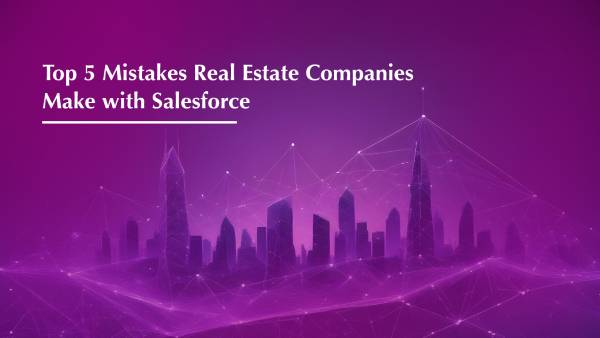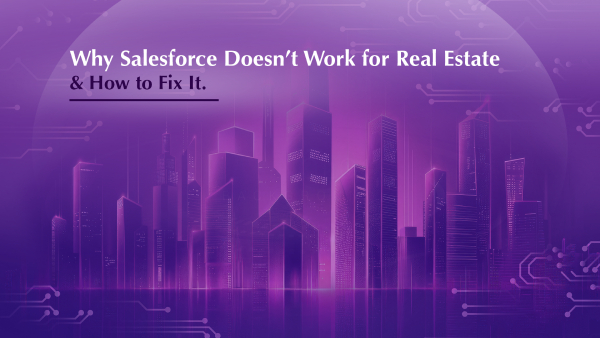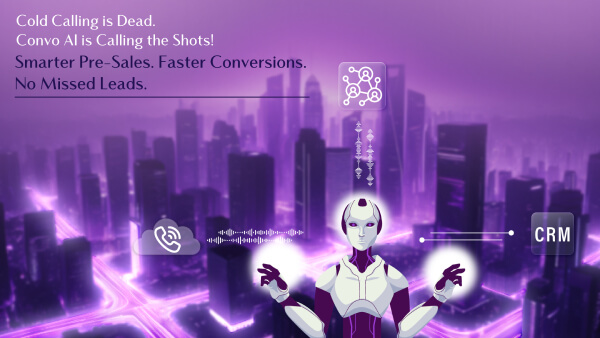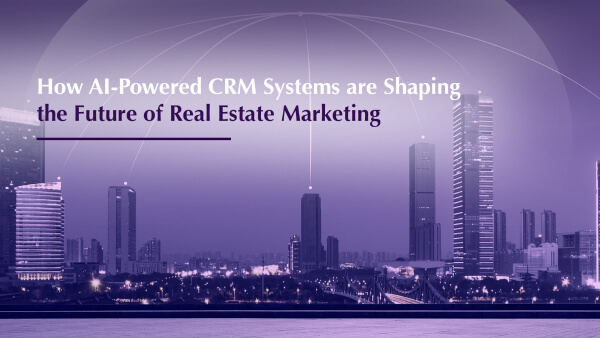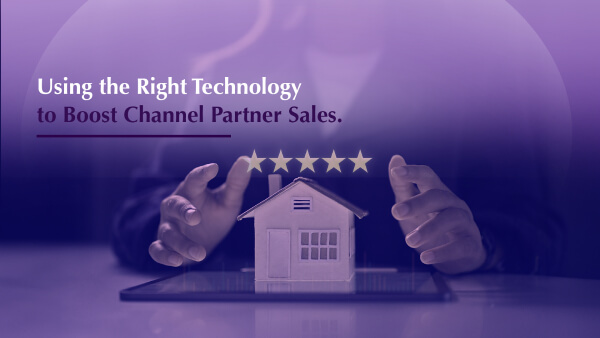Leadership Transition in Real Estate - Moving from 1st Generation Entrepreneurs to Innovators
In the constantly evolving field of real estate, the generation transition from the first generation to the innovative second generation may significantly change dynamics and the level of technology implementation.
Evolution from 1st Generation Practices
In the past, real estate development was done with a lot of planning, and specific local market knowledge and was managed closely by 1st generation business people. Many of them founded these enterprises from scratch, laying down the architecture of the enterprise and then advancing it from cycle to cycle and relieved through regulation with great business sense. Their practices involved reliance on clients and business partners, which they knew well within the real estate environment.
Rise of the 2nd Generation Innovators
With the introduction of the second generation, there has emerged a new focus on innovation and technology in real estate. These young leaders in their 20s-early 30s promote technology skills and have a diverse worldview. While they are not unique in their visions, they are much more successful in adopting state-of-art technologies including AI and data analytics, virtual reality, and blockchain for operational efficiencies, improved social relations, and profitability.
Benefits of Leadership Transition
Technological Integration
The arrival of the second generation in the real estate industry has a distinctive value with a focus on incorporating technology. They use such tools as AI, data analytics, and virtual reality to transform operations to help young leaders. Innovations today tend to give increased levels of automation in CRM systems that make the interaction with customers personalized and give great insight into buyer behavior. Hence AI-compiled capabilities augment the decision-making with forecast models for the business market drive and potential investment fronts. Cryptocurrencies bring clarity to transactions and make business stronger, defining how real estates are bought and sold. These innovations therefore help real estate firms that are under new leadership to enhance the efficiency and competitiveness of the industry within an environment that is rapidly shifting to the digital way.
Innovation in Design and Construction
Second-generation innovators focus more on the application of sustainability and effective conservatism in designs and construction work. They support the use of green products for constructing structures, energy control mechanisms, and the construction of pre-fabricated units. Advanced technologies in smart buildings include IoT systems for real-time usage and occupancy analysis which optimizes usage of utilities and energy hence reducing the effects on the environment. These innovations create value for young leaders in that not only do they meet the legal requirements set in todays sustainable world, but indeed consumers expectations in camping for better living space.
Enhanced Customer Engagement
This new generation of workers has a better understanding of online platforms and social media marketing techniques thus making them better at handling consumer relationship strategies. They directly market their targeted brand on social media platforms, use advanced graphics to showcase their properties to potential clients, and allow clients to book properties online in a document-signed way. Such activities develop unique selling propositions that reflect the skilled buyers technological aspects in the automobile industry and maintain customer satisfaction and loyalty. Thus, using digital resources serves real estate firms to build even better and deeper relationships with clients and other stakeholders, which, in turn, helps them establish the position of customer-oriented market innovators.
Operational Efficiency
Other key ideas that define the 2nd generation leaders are automation and digitization of company processes to carry out business operations. Most functions such as project coordination and funding, building care, and marketing and sales benefit from the application of task automation to increase efficiency while lessening costs and consequently shortening the period of projects. Solutions within the cloud used in data centers provide effective means for sharing data with various teams and stakeholders in real time. This operational flexibility helps in scalability as well as in the ability to respond to market conditions, which creates the ability to continue growing and bring profitability to organizations operating in a highly competitive industry environment.
Adaptation to Market Dynamics
Compact and dynamic, together, the new generation is better positioned to tackle movement in the marketplace and alterations in regulation. They also have good risk management systems and appreciate the small cheetah principle of quickly taking advantage of identified opportunities. Second-generation leadership in real estate firms encourages innovation and technology integration enabling these firms to sustain the shocks that come with developments in the real estate business environment. This strategic management approach enables continued growth and market domination at a time when technology continues to liberalize and change frequently to meet emerging trends.
In conclusion, while the first-generation business owners hand over the reigns to the second generation more imbued with technological strategies, the real estate sector is poised for change. Thus, the introduction of innovation enhances not only the outcomes in terms of operational activities as well as organizational profitability but also the ability of the organization to develop sustainably and to respond effectively to a crisis. Awaiting this leadership transition, the real estate firms are well-equipped to unlock the complete potential of growth and transform the industry for the better with the help of innovative technology solutions.
With this leadership transition, real estate firms can accordingly seize the full potential of technological advancements toward leading positive change in the advancement of the industry in the future.



























